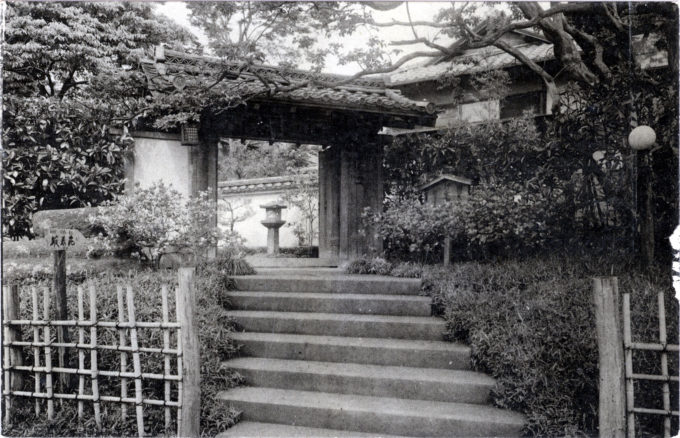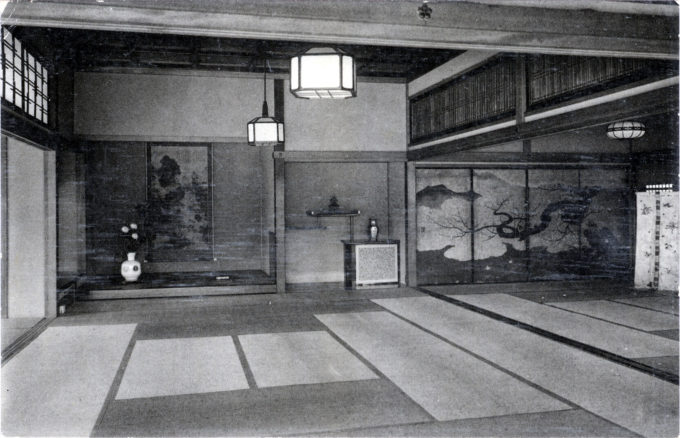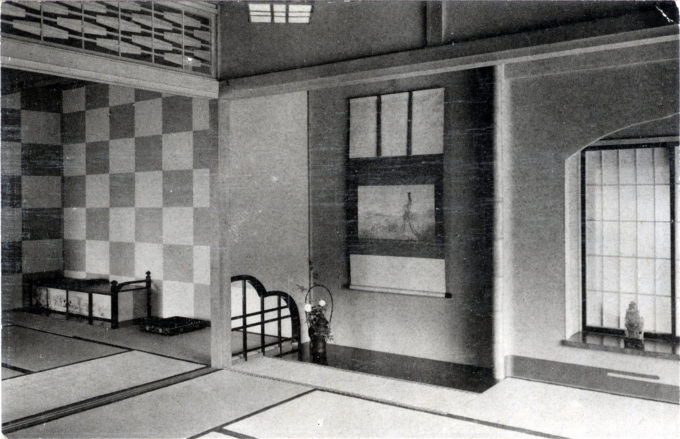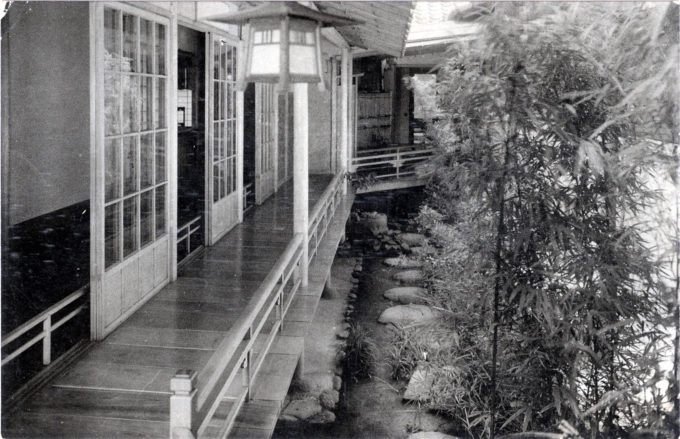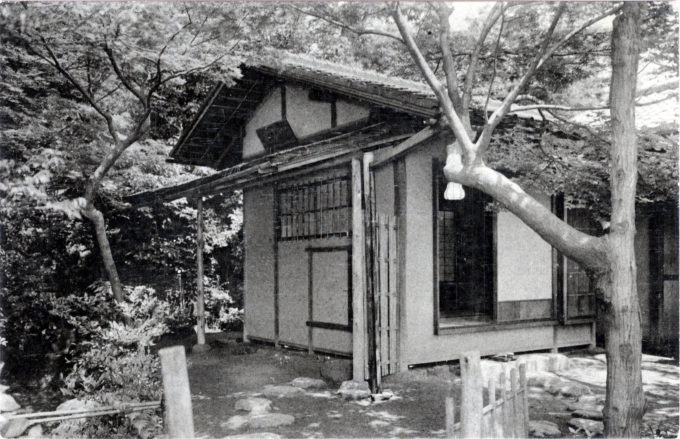“After the Banquet was a thinly disguised, brilliant, witty account of [Hachiro] Arita’s affair with a restaurant owner, the proprietress of the Han-nya-en in Tokyo. Why did Mishima take such a risk? The libel laws in Japan are weak – by Western standards they are a farce – but Mishima was going much too far. Each successive installment of After the Banquet sank another, only too-accurate shot into a man who had already virtually failed in public life.”
– The Life and Death of Yukio Mishima, by Henry Scott Stokes, 2000
“The Han-nya-en restaurant derived its name from the prajna word for wisdom or enlightenment, and from the daimyo mansion relocated there from the Nara Hannya temple. Hannya is also the name given to the Noh mask of a grinning, horned demoness (representing a woman’s rage and jealousy).
“Prominent industrialist Hatakeyama Isse, in 1937, purchased the site in Shirogane, Tokyo, of the former manor of Count Terashima and reconstructed it as the Han-nya-en. Reconstruction was completed in 1943. Hatakeyama, who was also a ceremonial tea master, exhibited his extensive fine art collection as tea service utensils; he built a museum in a corner of the property to enable the general public to view his collection. The garden was dotted with tearooms, and the Hatakeyama museum became popularly known as a ‘museum of the tea ceremony’.
- Interior view, Han-nya-en, c. 1950.
- Interior view, Han-nya-en, c. 1950.
“Han-nya-en was thereafter owned for many years by Azegami Terumi, third wife of Arita Hachiro, a 1930s-era foreign secretary and the unsuccessful Socialist candidate in 1955 for governor of Tokyo. Azegami, to support her husband’s 1955 campaign, attempted to sell Han-nya-en but was thwarted by questionable actions by the government (including then-Prime Minister Kishi Nobusuke). Driven to near-bankruptcy, Azegami managed to reopen Han-nya-en. It was this political intrigue about which novelist Mishima Yukio famously wrote [in the novel After the Banquet].
- Overlooking the gardens of Han-nya-en, c. 1950.
- Teahouse on the garden grounds of Han-nya-en, c. 1950.
“The restaurant, serving traditional multi-course Japanese fare (kaiseki-ryōri) is located near another Tokyo landmark of culinary distinction, Happo-en, at Shirogane, Tokyo. And while Han-nya-en’s garden is not as large as Happo-en’s, it is considered to be more lavish.”
– Wikipedia


